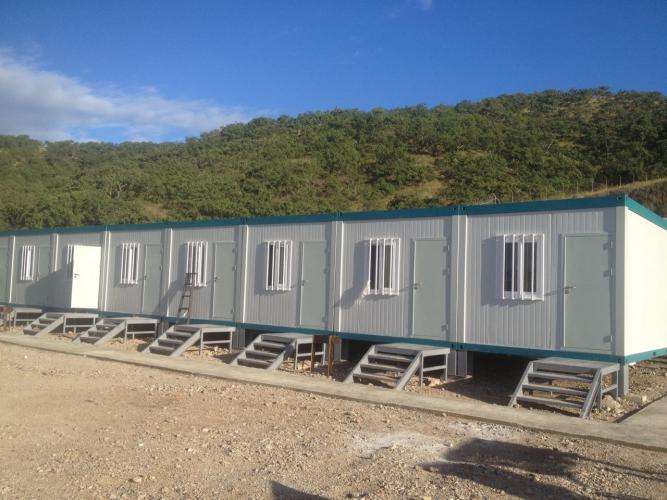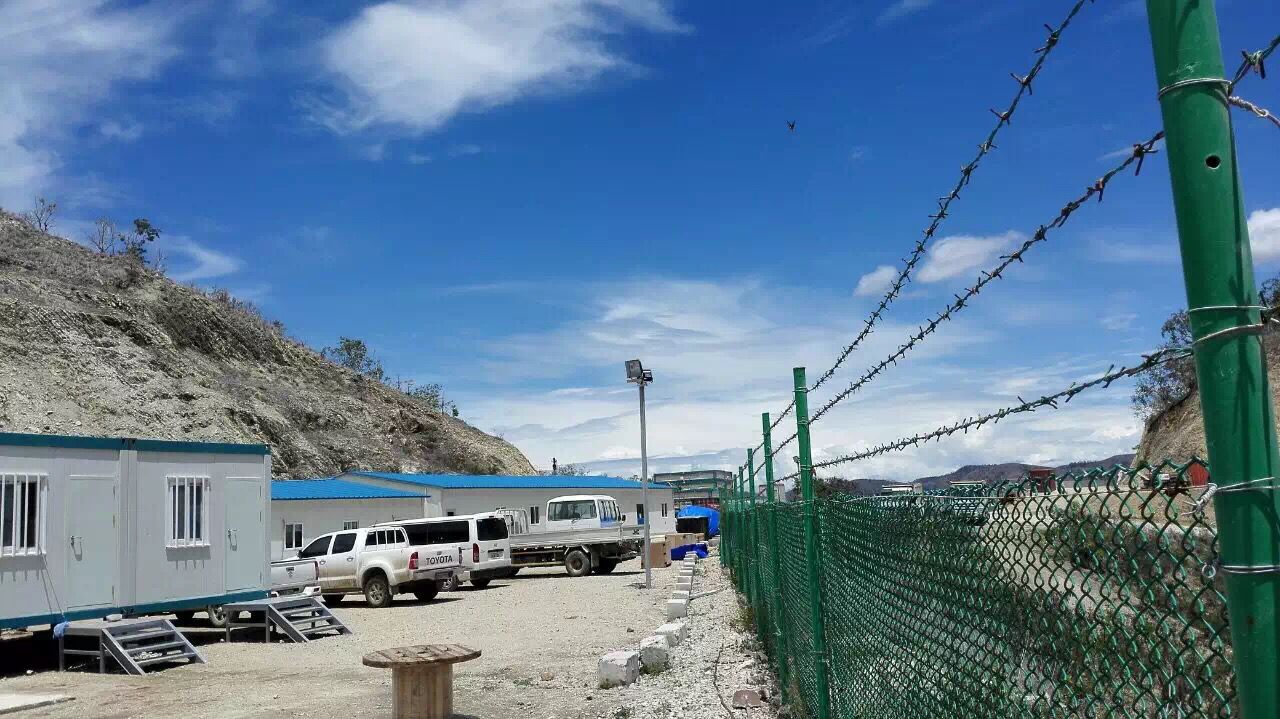Introduction
In the ever - evolving landscape of healthcare, the construction of medical facilities has become a complex and specialized task. Modular healthcare construction has emerged as a revolutionary approach, offering solutions to the numerous challenges faced in traditional building methods. This article will explore the specific requirements of medical architecture, the reasons behind the growing preference for modular construction, and its key features and advantages, illustrated by a real - world case study.
The Stringent Requirements of Medical Architecture
Infection Control
Medical buildings are breeding grounds for pathogens, making infection control a top priority. They require seamless surfaces that can be easily disinfected, negative - pressure rooms to prevent the spread of airborne diseases, and high - efficiency particulate air (HEPA) filtration systems to purify the air.
Accessibility and Flexibility
Accessibility is non - negotiable in medical facilities. They must be designed to accommodate patients with disabilities, featuring wide corridors, accessible examination rooms, and ramps or elevators. Additionally, flexibility is crucial as medical needs and technologies evolve. Spaces should be easily reconfigurable to adapt to new treatment methods or increased patient loads.
Safety and Durability
Safety is paramount in healthcare settings. Buildings need to be constructed with fire - resistant materials, have earthquake - resistant structures in appropriate regions, and ensure secure entrances and exits. Durability is also essential to withstand the constant use and heavy traffic typical of medical environments.
Energy Efficiency and Sustainability
With a growing focus on environmental responsibility, medical facilities are expected to be energy - efficient. This includes the use of renewable energy sources, energy - saving lighting and HVAC systems, and sustainable building materials.
Overcoming Traditional Construction Challenges
Traditional construction methods often face delays due to weather conditions, labor shortages, and supply chain disruptions. Modular construction, by contrast, shifts a significant portion of the construction process to a controlled factory environment. This reduces on - site construction time by up to 70%, minimizing the impact of external factors.
Cost - Effectiveness
Factory - based production allows for bulk purchasing of materials, optimized labor utilization, and reduced waste, leading to cost savings. The predictability of modular construction also helps in better budget management, as there are fewer unexpected expenses compared to traditional builds.
Quality Assurance
In a factory setting, construction components are fabricated with high precision and under strict quality control measures. This ensures consistent quality across all modules, which is essential for meeting the stringent requirements of medical facilities.
Features and Advantages of Modular Healthcare Construction
Speed of Construction
One of the most significant advantages of modular construction is its speed. Prefabricated modules can be constructed simultaneously with site preparation, enabling a much faster project completion. This rapid turnaround is invaluable, especially during healthcare emergencies or when there is an urgent need to expand medical services.
Design Flexibility
Despite being prefabricated, modular healthcare buildings offer a high degree of design flexibility. Standardized modules can be combined in various configurations to create customized spaces, whether it's a specialized surgical suite, a patient ward, or a diagnostic center.
Sustainability
Modular construction promotes sustainability. The use of recycled materials, energy - efficient systems, and the ability to disassemble and reuse modules at the end of their life cycle reduce the environmental impact of medical facilities.
Mobility and Adaptability
Modular buildings can be easily transported and relocated, making them ideal for temporary or remote healthcare facilities. They can also be expanded or reconfigured as the needs of the healthcare provider change.
Case Study: Nepal Healthcare Hospital Project
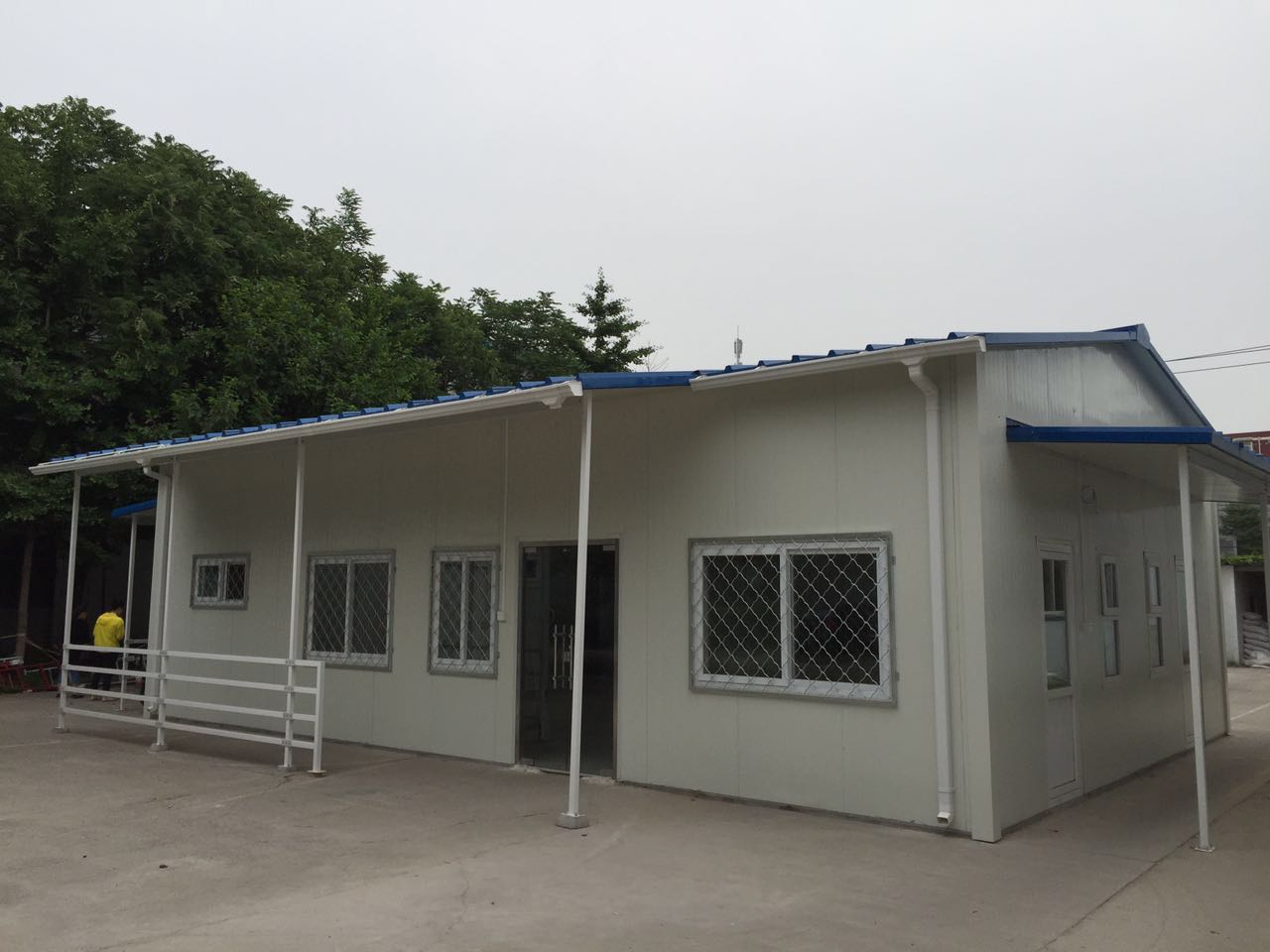
In Nepal, a country with rugged terrain and limited infrastructure, a modular healthcare hospital project demonstrated the effectiveness of this construction method. The hospital adopted the ZA house structure, featuring white walls, a blue roof, and steel doors with anti - theft nets for enhanced security. Constructed entirely from galvanized parts, it ensured durability in the region's seismically active and harsh climate. Fire protection was achieved through fire - resistant paint and Class A fire - resistant glass wool insulation, meeting strict safety standards. To overcome the complex logistics of transporting materials to the remote site, a comprehensive plan covering sea, land, and bulk cargo routes was implemented. Detailed graphic, text, and video installation instructions, along with on - site guidance, enabled the successful and timely completion of a fully - functional hospital. This project significantly improved local access to healthcare services, highlighting the adaptability and efficiency of modular construction in challenging environments.
FAQ
Q1: How does modular healthcare construction ensure compliance with medical regulations?
A: Modular construction takes place in a controlled factory environment where strict quality control measures are in place. Manufacturers adhere to building codes and healthcare - specific regulations during the fabrication of modules. This includes ensuring proper installation of infection - control features like HEPA filters, use of fire - resistant materials, and compliance with accessibility standards. Additionally, modules can be inspected and certified before being transported to the site, ensuring that the final assembled facility meets all necessary requirements.
Q2: Can modular healthcare facilities be expanded in the future?
A: Yes, one of the key advantages of modular construction is its adaptability. Modular buildings are designed in a way that allows for easy expansion. Additional modules can be manufactured and connected to the existing structure as the healthcare facility's needs grow. Whether it's adding more patient rooms, expanding a department, or incorporating new medical technologies, the modular design enables seamless expansion without major disruptions to ongoing operations.
Q3: Are modular healthcare buildings more expensive than traditional ones?
A: While the upfront cost of modular construction may sometimes seem higher due to the specialized nature of factory - based production, in the long run, modular healthcare buildings are often more cost - effective. They offer significant savings in terms of construction time, reducing labor costs associated with long - term on - site work. The predictability of modular projects also helps avoid cost overruns caused by unexpected site conditions or delays. Additionally, the energy - efficiency and durability of modular buildings can lead to lower operational and maintenance costs over their lifespan.
Q4: How are modular healthcare buildings transported to the site?
A: Modular buildings are designed for easy transportation. They can be transported via various means such as trucks, trains, ships, or a combination of these, depending on the location of the construction site. For remote areas, like in the Nepal case study, a comprehensive transportation plan may involve sea freight for long - distance movement, followed by land transport using specialized trucks or trailers. The modules are securely fastened during transit to ensure they arrive at the site in perfect condition for assembly.
Q5: Do modular healthcare facilities require special maintenance?
A: Modular healthcare facilities do not require special maintenance compared to traditional buildings. In fact, the use of high - quality materials and precise manufacturing in a factory environment often results in a more durable structure. Regular maintenance, such as cleaning, servicing of HVAC systems, and checking electrical components, is similar to that of traditional buildings. However, the modular design can sometimes make it easier to access and replace certain components if needed, as individual modules can be more readily inspected or repaired.
Conclusion
Modular healthcare construction has proven to be a game - changer in the medical infrastructure sector. By meeting the strict requirements of healthcare facilities, offering solutions to traditional construction problems, and providing unique features and advantages, it is set to play an increasingly important role in the future of healthcare construction. As the demand for accessible, high - quality medical facilities continues to grow, modular construction will be at the forefront of creating innovative and sustainable healthcare environments.


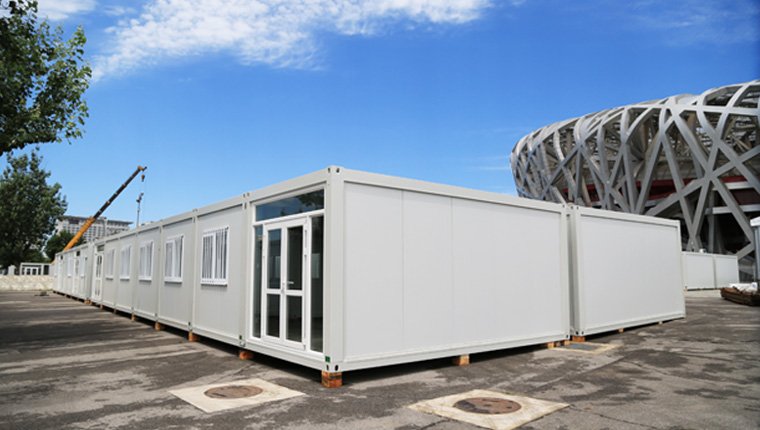
More
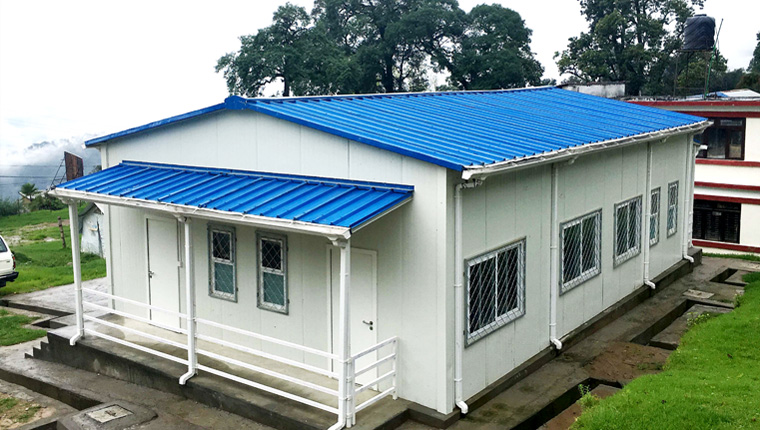
More
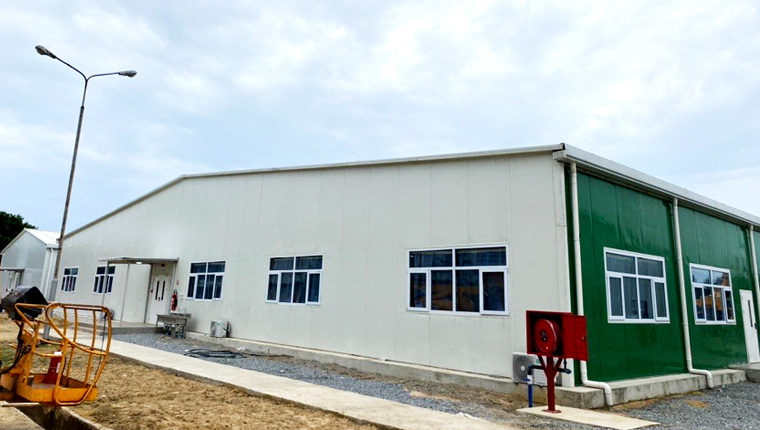
More
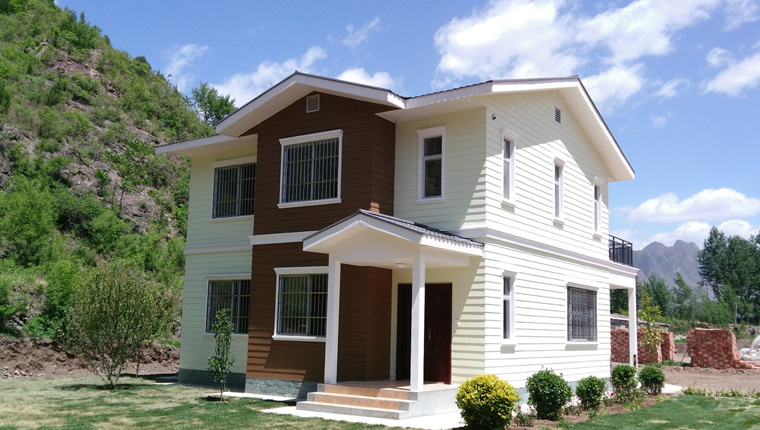
More
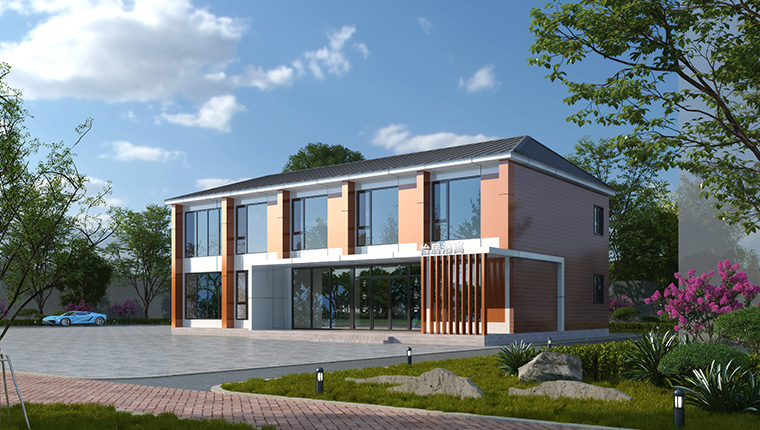
More
Learn More


























![Top Advantages of Modular Construction Explained [2025]](/uploads/upload/images/20250424/0fb390068474145a09a8c0504c73b1d2.png)
